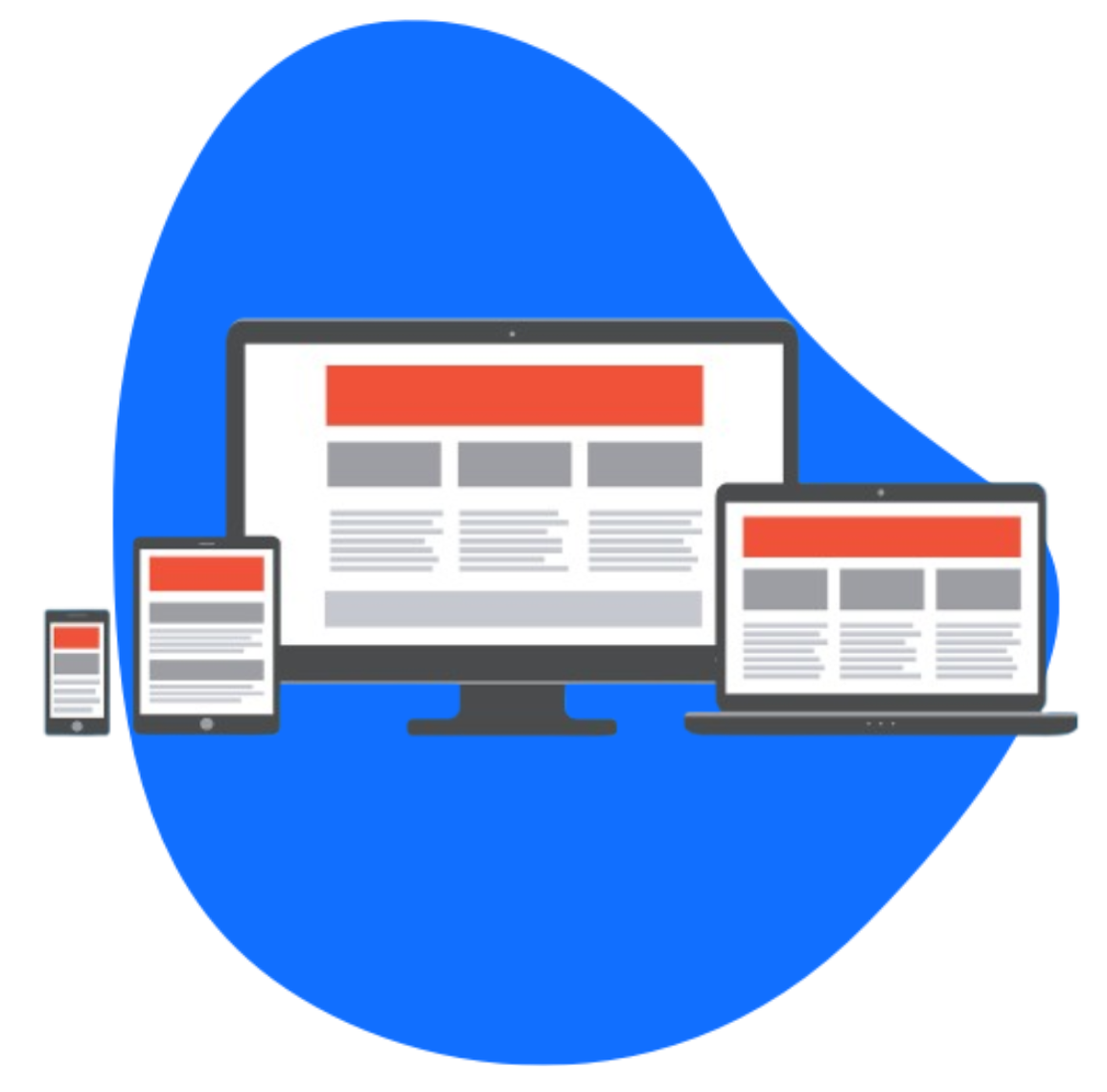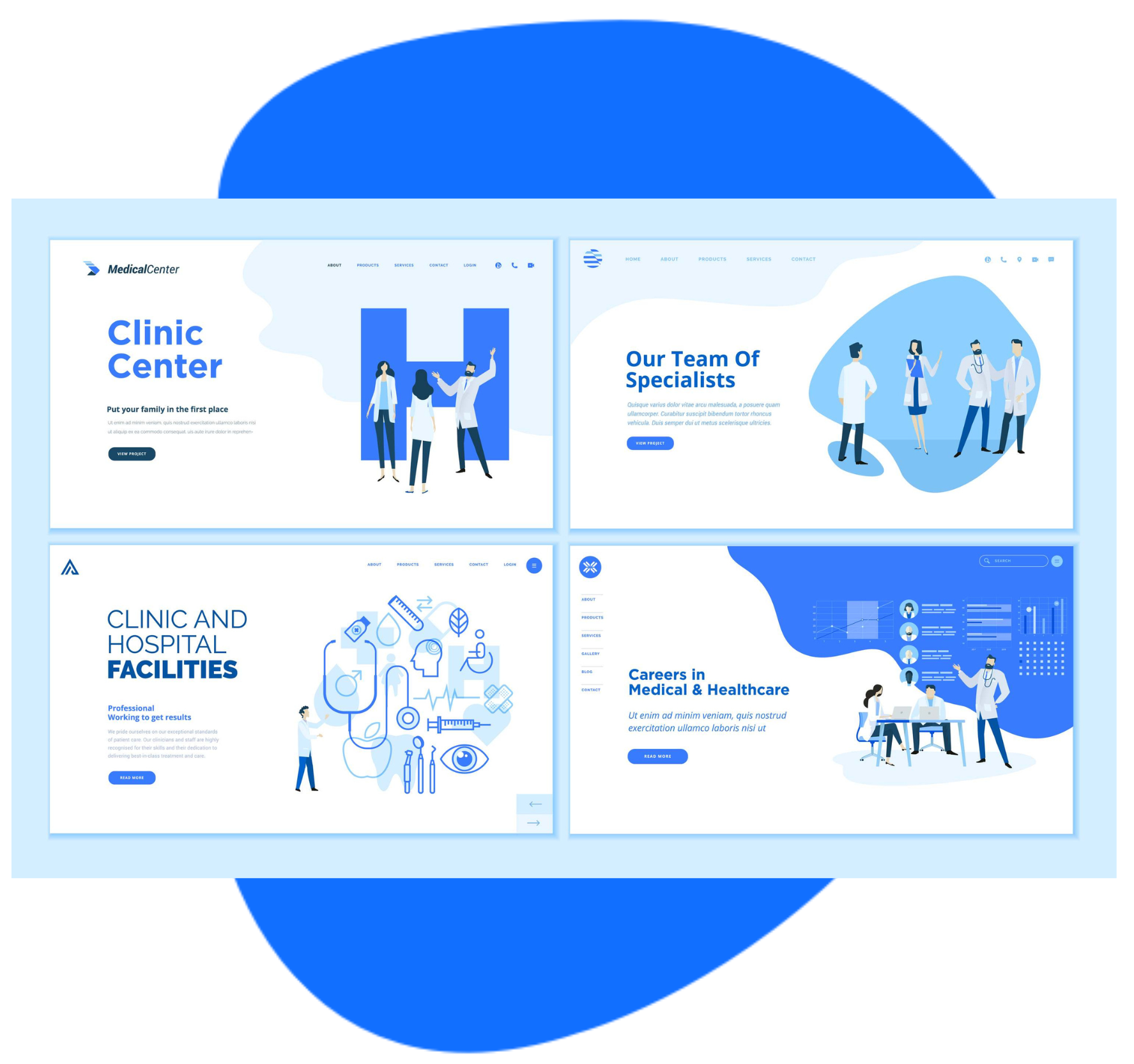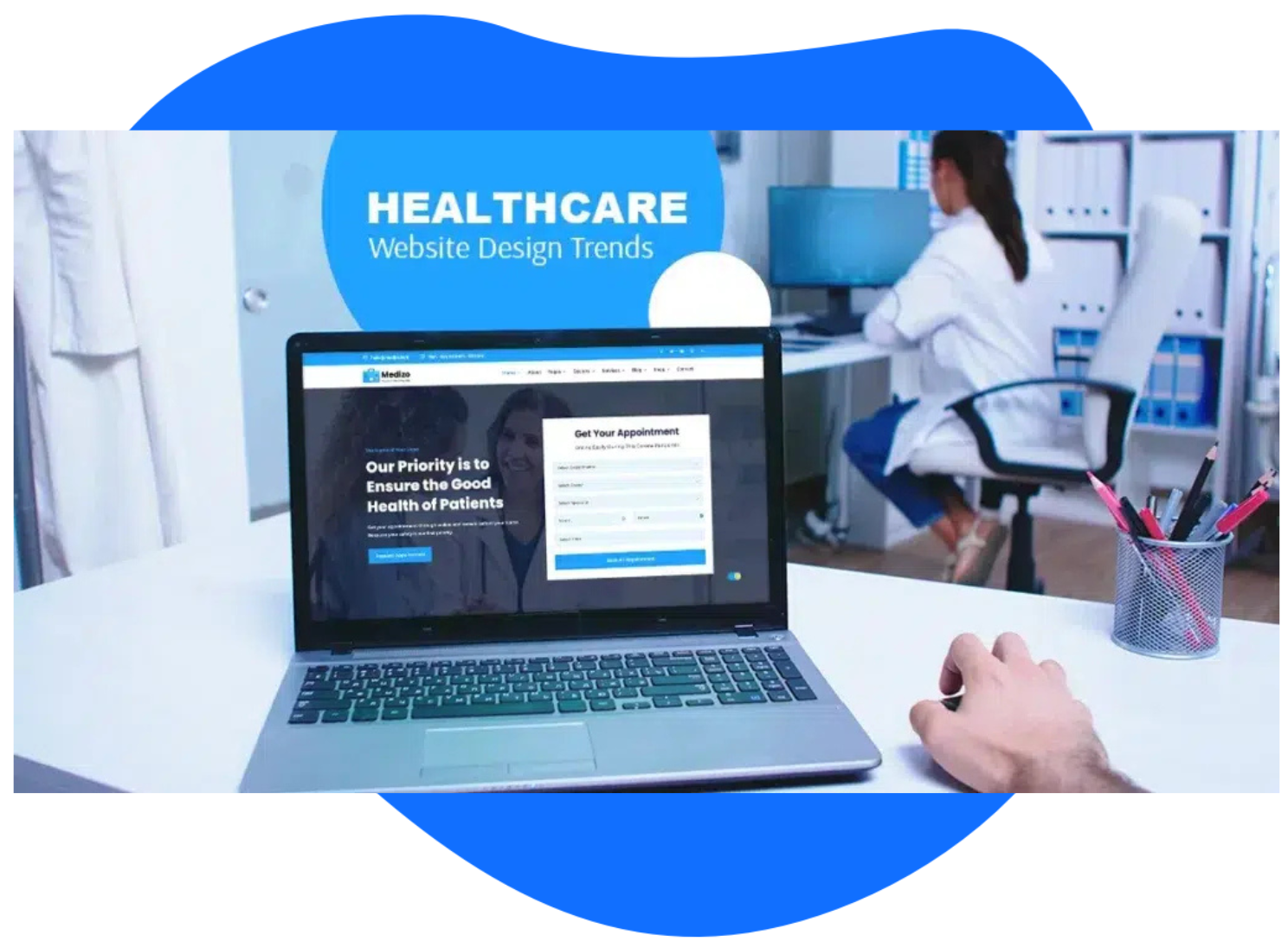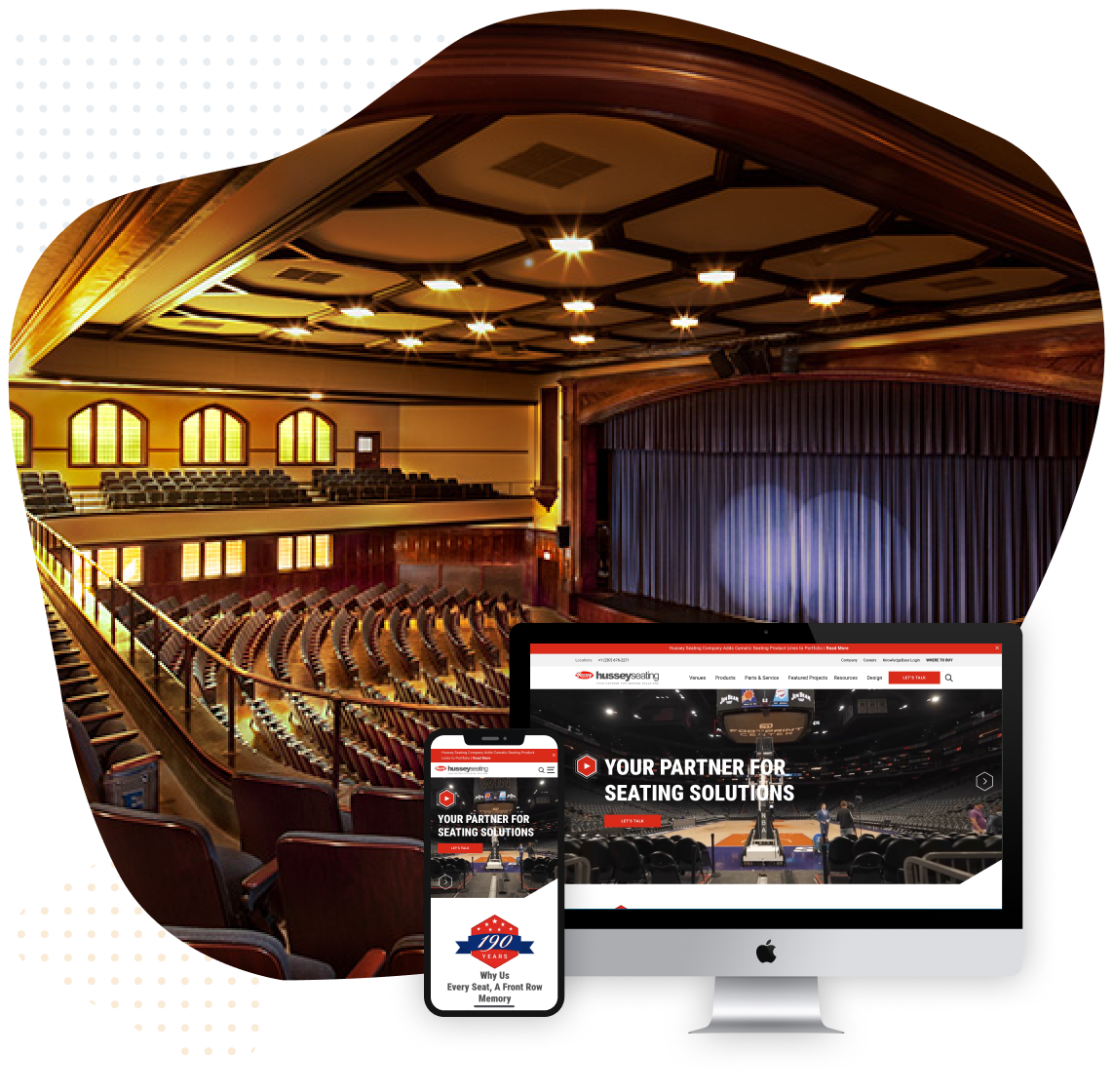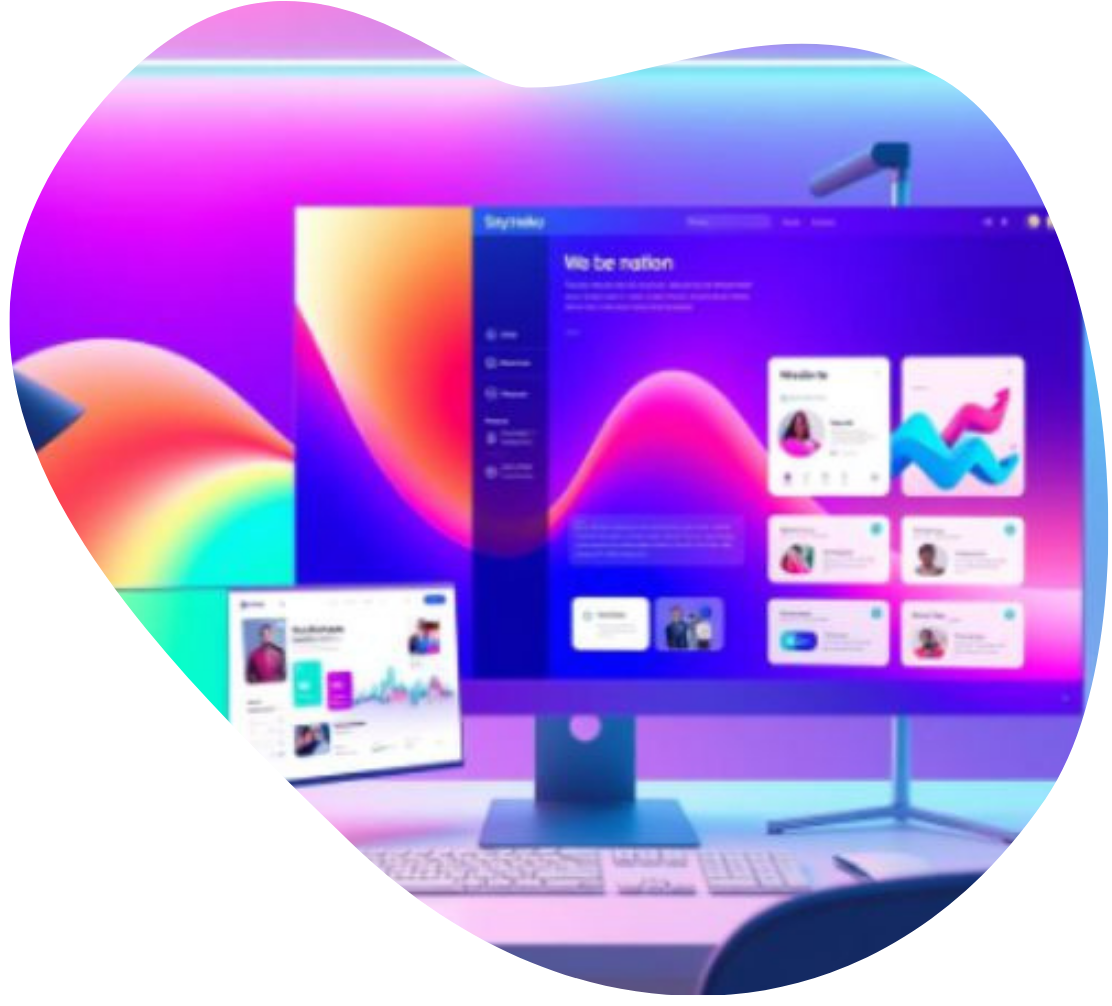Starting a project with a b2b web design agency means sharing many details. These details should match your vision and the agency’s way of working. It’s key to give your web design vendor the most important information and insights.
This helps create a strong partnership based on trust. It leads to a website that reflects your company’s values and stands out in your field.
Before your website is built, make sure you have all the essential info for b2b web design.
Key Takeaways
- Providing detailed business objectives is crucial for a tailored web design strategy.
- A clear understanding of the target audience enhances user engagement and conversion.
- Insights into branding and identity guide the visual and interactive elements of the site.
- Recognizing the importance of functionality informs a user-centered design approach.
- Sharing content aspirations helps in shaping a robust SEO and digital marketing plan.
- Transparent budgeting and timelines ensure realistic expectations and smooth workflow.
- Clearly defining your competitive advantage will set you apart from your competitors.
Understanding the Scope of Your B2B Web Design Project
To tackle a B2B web design project, defining its scope is key. You need to set clear goals, know your audience, and understand the competition. B2B web designers ask for these details to create a site that meets your business needs and shines online.
Defining Clear Objectives
What do you want your website to do? Do you want to boost your brand, get more leads, or help customers? Knowing your goals is the first step. These objectives guide the design and help measure success after launch.
Identifying Target Audiences and Markets
It’s vital to know who your website is for and what it should do for them. The design for a tech firm is different from a manufacturing company targeting global distributors. Knowing your audience helps create a better user experience.
Assessing Competitor Websites
Understanding your competition is key to standing out. Look at what your rivals do well and what they don’t. This helps you see what your site can offer that’s unique to your customers.
Comparing websites is easier with a table:
| Feature | Your Website | Competitor 1 | Competitor 2 |
|---|---|---|---|
| User Interface Design | Customizable and User-centric | Standardized | Complex |
| Lead Generation Tools | Integrated CRM | Basic Contact Forms | Email Sign-ups |
| Content Strategy | SEO-focused and Informative | Product-centric | Limited SEO |
| Mobile Responsiveness | Highly responsive | Non-responsive | Partially responsive |
Company Branding and Identity Information
Creating a strong b2b brand image starts with your company branding and identity. These elements are key to your brand’s visual voice. They help keep your brand consistent across all platforms, which is vital for good B2B interactions.
To share your brand’s values on your website, give your web design agency all the branding details. This includes your logo, color schemes, and branding rules. This way, your website will match your brand, building trust with your B2B clients.
- Logo and logotype versions (clear space requirements, size limitations)
- Color palette (primary and secondary colors along with their hex codes)
- Typography (font styles and sizes for digital use)
- Usage Guidelines (Do’s and Don’ts in the usage of logo and brand elements)
Keeping a strong b2b brand image is crucial. Your online presence must match your offline one. This creates a smooth brand experience, boosting client loyalty and engagement.
By clearly outlining your company branding and identity, you stand out in a crowded market. This is key for building lasting business relationships.
Essential Features and Functionalities for Your B2B Website
To stand out in today’s digital world, your B2B website needs strong functionality, easy-to-use design, and smooth integration. This part talks about key features that make your B2B site great. It helps users and makes your business run better.
Must-Have Functional Features
- Account management systems that let users manage their info safely and easily.
- Custom dashboards that show users their activities and important metrics.
- Advanced search tools to help users find what they need fast.
- E-commerce features, like a secure checkout, for online buying.
User Experience (UX) Considerations
Good B2B UX design means creating a site that works well and helps users make decisions easily. It should be easy for new users but also handle complex tasks well:
- Responsive design lets users access your site on any device, improving their experience.
- Clear calls-to-action guide users to what they want to do.
- Well-organized content makes it easy for users to find what they need.
Integration with Existing Systems
Connecting your B2B site with CRM and ERP systems can make things run smoother and improve customer service. Good integration means:
- Sharing data in real-time for better customer insights and decisions.
- Automating tasks to save time and focus on important work.
- Better customer service with faster, more helpful interactions.
In short, making your B2B site better with key features, user-friendly design, and smart integration can really help your business. It will make your clients happier too.
Content Strategy and Requirements
A strong content strategy is key for any B2B website’s success. It makes sure the content fits the brand’s voice and meets the audience’s needs. Adding SEO and engaging visuals boosts online presence and keeps users interested.
Website Copy and Tone of Voice
Website copy should show your brand’s professionalism but also be friendly. This mix helps keep visitors interested and encourages them to learn more. Always keep the tone of voice consistent with your brand’s identity.
Visual Content: Images and Videos
Visual content is more than looks; it tells your brand’s story and shows your place in the market. Use images and videos to make complex info easy to understand and fun to watch.
Search Engine Optimization (SEO) Considerations
SEO is crucial for B2B websites to attract and keep visitors. It involves making your site easy to find and keeping visitors interested with good content.
| Content Feature | Importance | Implementation |
|---|---|---|
| Keyword Optimization | Essential for SEO | Integrate primary and secondary keywords naturally within the content. |
| Quality of Content | High impact on engagement | Create informative, clear, and actionable content tailored to the B2B market. |
| Visual Elements | Enhances user engagement | Use high-quality images and videos relevant to the content to break monotony and explain complex concepts visually. |
Design Preferences and Expectations
Starting a B2B website project means sharing your website design preferences and what you expect visually. Knowing if you like simple designs, rich textures, or something unique helps your team. This direction makes the design process smoother.
It’s smart to show examples of visual design concepts that match your brand. This could be color schemes, typography, or website layouts you admire. Let’s explore different design styles and what they fit with:
| Design Style | Attributes | Suitable for Industries |
|---|---|---|
| Minimalistic | Clean lines, monochromatic color palettes, uncluttered spaces | Technology, Finance, Consulting |
| Dynamic and Bold | Vivid colors, large images, impactful typography | Marketing, Entertainment, Retail |
| Classic Professional | Conservative colors, traditional layouts, serif fonts | Legal, Healthcare, Educational |
Knowing what you want in your website design preferences is key. It’s not just about looks; it’s about matching your brand’s message and values. If you want to look professional and simple, a minimalist design might be best. But if you want to grab the attention of a younger crowd, something more vibrant could work better.
Telling your web design agency what you want clearly is crucial. It helps create a website that looks good and connects with your audience. This improves both user experience and how people see your brand.
What Information Do I Need To Provide To a B2B Web Design Agency?
Good communication and careful planning are key for a successful B2B web project. Here’s what you should share with your agency to make sure your project meets your business goals:
Timeline Expectations and Milestone
Knowing the B2B web project timeline is important for planning and managing expectations. Talk to the design agency about the main milestones and when each phase should be finished. This helps track progress and sets a schedule everyone can follow.
Budget and Pricing Parameters
Planning your web design budget is crucial. Discussing your budget early helps design a project that fits your financial limits. Clear talks about costs prevent misunderstandings and ensure the agency offers value without cutting corners.
Communication and Feedback Process
The feedback loop is vital for B2B web design success. Regular updates and open communication keep the project on track with your expectations. Make sure to have clear ways to give feedback to avoid delays and ensure the project can change as needed.
Hosting and Domain Details
Understanding web hosting for B2B and domain acquisition and management is key for your website’s setup. These elements are vital for a stable and accessible online space for B2B interactions. Here’s what you need to know to help your web design agency pick the best hosting and manage your domain well.
Choosing the right web hosting for B2B is more than just looking at storage and bandwidth. It’s about finding a service that offers high uptime, strong security, and can grow with your company. It’s also good to pick hosts that offer dedicated support and focus on B2B, as they understand business needs better.
Domain management and acquisition need a strategic plan to keep your brand consistent and avoid legal issues. Registering different domain names can protect your brand and attract more visitors. Also, managing domains well ensures renewals are done on time to avoid website downtime.
- Suitable hosting plans should match your business size, expected traffic, and software needs.
- Server reliability and uptime are crucial to keep your website up and running all the time.
- Effective domain management means tracking expiration dates, renewal processes, and securing related domain names to protect your brand.
Work with your design agency to find web hosting and domain management that fit your business goals and future growth.
Good web hosting and domain management are the base for a reliable and high-performing B2B website. By carefully planning these, you ensure a strong foundation for your online presence. This allows you to build with confidence and precision.
Information Security and Compliance Requirements
In today’s digital world, strong B2B data security and web design compliance are key. They help keep trust and integrity in business dealings. It’s important to follow user privacy rules and industry standards in your web design to protect data.
Data Protection Policies
Data protection policies are the foundation of B2B security. They set rules for handling sensitive data to prevent breaches. A secure web platform must follow these policies to protect data during transmission, processing, and storage.
User Privacy Considerations
Keeping user privacy is essential for trust in B2B platforms. Good privacy policies should clearly explain how data is used and protected. Web designs should also use strong encryption and secure login methods to prevent data misuse.
Industry-Specific Regulation Compliance
Web design must follow specific industry standards, like GDPR for EU businesses. These rules protect user data and ensure businesses follow the law.
| Regulation | Key Requirements | Implications for Web Design |
|---|---|---|
| GDPR (EU) | Strict data protection, mandatory breach notification, right to access | Integrated user consent forms, data encryption, easy accessibility of privacy policies |
| CCPA (California, USA) | Consumer privacy rights, opt-out of data selling | User-controlled data privacy settings, transparent data handling disclosures |
| HIPAA (USA) | Protection of health information, secure data handling | Secure portals for patient information, encrypted data transmissions |
Adding these security measures to your web design boosts its credibility and reliability. It ensures your B2B platform meets compliance standards.
Technical Support and Maintenance Post-Launch
After your B2B website goes live, having a solid plan for support and maintenance is key. This plan keeps your site running smoothly, securely, and up-to-date. It meets the changing needs of your business and customers.
Good B2B website maintenance is more than just fixing problems. It includes updating content, adding new features, and boosting security. This approach reduces downtime and protects your business from threats. With expert support, your site will always be improving, based on user feedback and data.
- Regular updates and patches to keep software running smoothly and securely
- 24/7 monitoring to quickly resolve any performance issues
- Content updates to keep the website relevant and engaging for users
- Ongoing SEO adjustments for better visibility and ranking
It’s important to pick a provider that offers full web support after launch. They should focus on both technical fixes and strategic improvements. These improvements should match your business goals.
The more consistently updated and maintained a website is, the better it performs in terms of user engagement and business outcome. Proper maintenance is not a cost; it’s an investment.
Continuous support is crucial. Choosing the right partner for web support prevents problems and keeps your site up with technology and trends.
Marketing and Analytical Tools Integration
Choosing the right marketing and analytical tools is key for a better B2B platform. These tools make things run smoother and give us important insights. They help us understand how customers behave and how our campaigns do.
Let’s look at how B2B marketing tool integration, web analytics setup, and CRM and email marketing can change your business.
Choosing the Right Marketing Tools
First, pick the right B2B marketing tools for a strong strategy. Look for tools that work well with what you already have. They should also help you connect with prospects easily.
Setting Up Analytics for Data-Driven Decisions
A good web analytics setup is crucial for understanding the market. These tools collect and analyze data. This helps us make better marketing plans and improve how users experience your site.
Email Marketing and CRM Integrations
CRM and email marketing together are key for managing leads. They track and use customer interactions to build stronger relationships and boost engagement.
| Tool Type | Benefits | Integration Complexity |
|---|---|---|
| CRM Systems | Enhanced customer data management, Improved sales tracking, Personalized customer interactions | Medium |
| Email Marketing Platforms | Automated campaigns, Segmentation capabilities, Performance analytics | Low/Medium |
| Web Analytics Tools | Real-time data, User behavior insights, Conversion tracking | Low/Medium |
Partnering with Your B2B Web Design Agency for Success
Creating a successful agency partnership is key when starting a collaborative web design process. This partnership is more than just a deal. It lets both sides really get the project’s vision and goals. This way, they can make a top-notch web solution together.
Being open and talking often is the foundation of these partnerships. Sharing ideas, worries, and updates helps avoid problems. It also makes it easier to work together and get closer to your vision.
Working together on a collaborative web design process lets both teams bring new ideas to the table. They can brainstorm, give feedback, and keep improving. This turns your business needs into great digital experiences.
A successful agency partnership creates a space for bold ideas and solving technical issues. This can lead to more customization. It can make users happier and more engaged.
| Partnership Element | Benefits |
|---|---|
| Shared Goals | Aligns the project direction with business objectives. |
| Regular Communication | Prevents misunderstandings and builds trust. |
| Joint Problem-solving | Leads to innovative solutions and timely resolution of issues. |
| Continuous Feedback | Ensures the product evolves with the company's needs. |
The secret to a successful agency partnership in web design is more than just combining skills and resources. It’s about teamwork that values everyone’s strengths. This teamwork boosts innovation and speeds up reaching digital goals.
Wrapping Up
As we near the end of finalizing B2B web design, it’s clear how crucial your efforts have been. The information you’ve shared, from branding to technical details, is key. It helps create a digital space that reflects your brand and meets your needs.
This work with your web design agency is a team effort. Every piece of information you provide helps build a website that boosts business growth and customer interaction.
Looking back, a successful B2B web design project is more than just looks. It’s about careful planning, strategic content, and knowing your business well. By fully engaging in each step and keeping your agency informed, you ensure the project meets your business goals.
This detailed preparation improves user experience and encourages customers to interact more. It’s a win-win for everyone involved.
Your active role and ongoing communication with the design agency have been vital. They’ve helped shape a digital space that truly represents your brand. As you move towards launch, remember to stay focused on quality and excellence.
This dedication will lead to a final product that sets new standards in the B2B world. Your web design project will end with a strong, impactful online presence that supports your business’s success.




